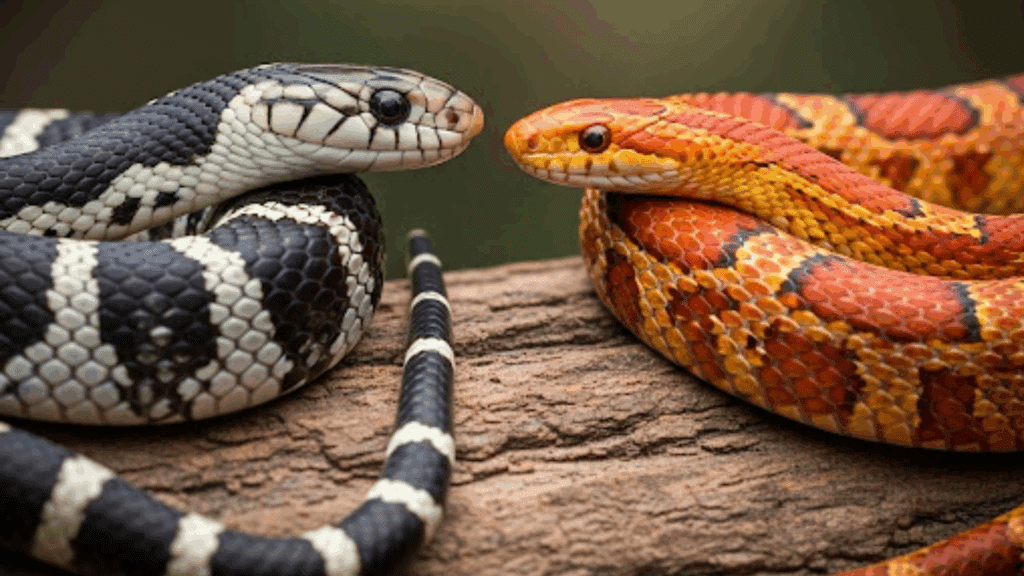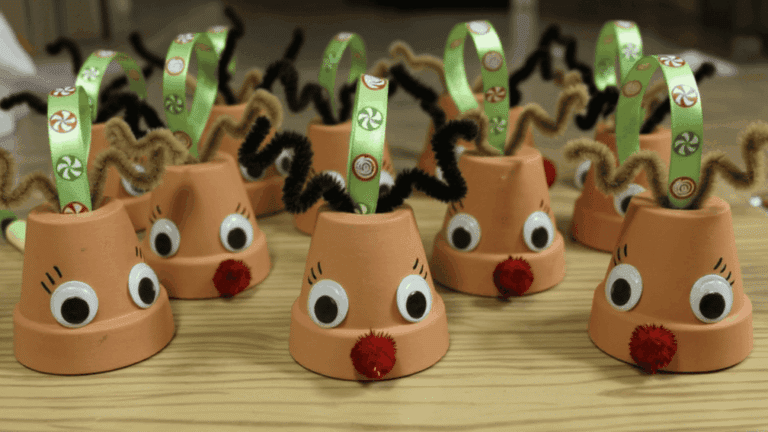People who are fond of keeping reptiles as pets often fall into lengthy debates about choosing a reptile species.
Choosing between pet snakes can feel overwhelming, especially when two species look so similar. Many people struggle to tell king snakes and corn snakes apart.
Both are popular choices for beginners, but they have distinct differences that matter.
This blog post will educate the readers about making the best choice in selecting a snake based upon their size, weight, speed, strengths, weaknesses and other key differences necessary to be noted when deciding to pet the snake.
Learning About the Two Species: King Snake VS Corn Snake
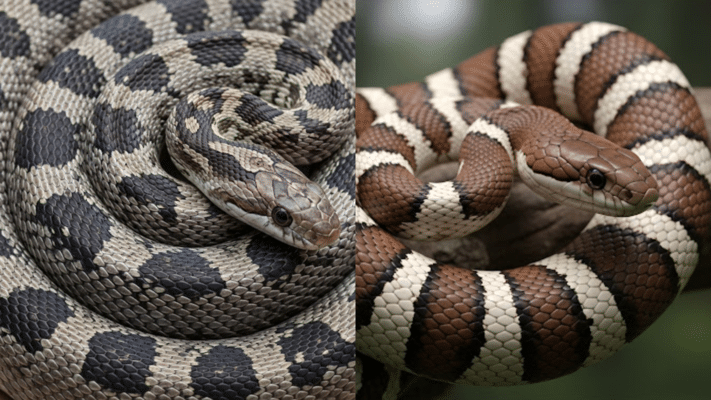
These two reptile species are non-venomous snakes and are very popular choices for new reptile pet owners.
King Snake:
Known by its scientific name, Genus Lampropeltis, King Snakes are pretty active reptile species with greater appetite than corn snakes.
They have a wide range of color morphs. They are popularly found in the regions of Southeastern Canada to Ecuador.
Corn Snake:
Elaphe Guttata (Pantherophis Guttatus), or the corn snakes, are favoured for their lively pattern appearance and their easy-to-handle, pet-friendly nature.
They are also named as ‘Red Rat Snakes’, which are found primarily in the eastern United States, ranging from parts of Southern New Jersey South, West to Louisiana and parts of Kentucky.
Key Differences Between King Snake and Corn Snake
|
Criteria |
King Snake |
Corn Snake |
|
Appearance |
They are generally black colored with white or yellow bands. |
They are generally reddish-brown in color with orange and brown blotches. |
|
Size |
Can grow up to the length of 6 ft. |
They are typically smaller in comparison, growing up to 3-5 ft in length. |
|
Diet |
Easily swallow their prey with the help of their bigger body size. Generally are fed other snakes, and pre-killed rodents, birds etc. |
They are difficult to feed due to their smaller body size. Consume pre-killed smaller animals like; Rodents, Birds etc. |
|
Required Living Conditions |
Temperatures must be around 75-85° F. Radiant heat is recommended. |
Temperatures must be around 70-85° F. Thermal Gradient is recommended. |
|
Lifespan |
They live up to 15-20 years. |
They live up to 6-20 years. |
Which Makes the Better Pet?
Size: King snakes grow larger (3-6 feet) than corn snakes (2-5 feet).
Weight: King snakes are typically heavier than corn snakes.
Speed: Both species are similar in speed.
Strengths:
- King snakes are known for their vibrant colors and patterns.
- Corn snakes are generally more docile and easier to handle. Weaknesses:
- King snakes may be more aggressive and prone to biting.
- Corn snakes are more likely to be timid and shy.
Other factors:
- Both species have similar lifespans (15-20 years) and care requirements.
- King snakes are immune to rattlesnake venom and can prey on other snakes.
Ultimately, corn snakes are often recommended for beginners due to their more relaxed temperament, while king snakes are better suited for experienced owners.
Different Types of King and Corn Snakes
For readers to make an intelligent pick between these reptile species, the comparison is headed forward to choose on the basis of different snake types that differ on the basis of their size, texture, and price.
Types of King Snakes
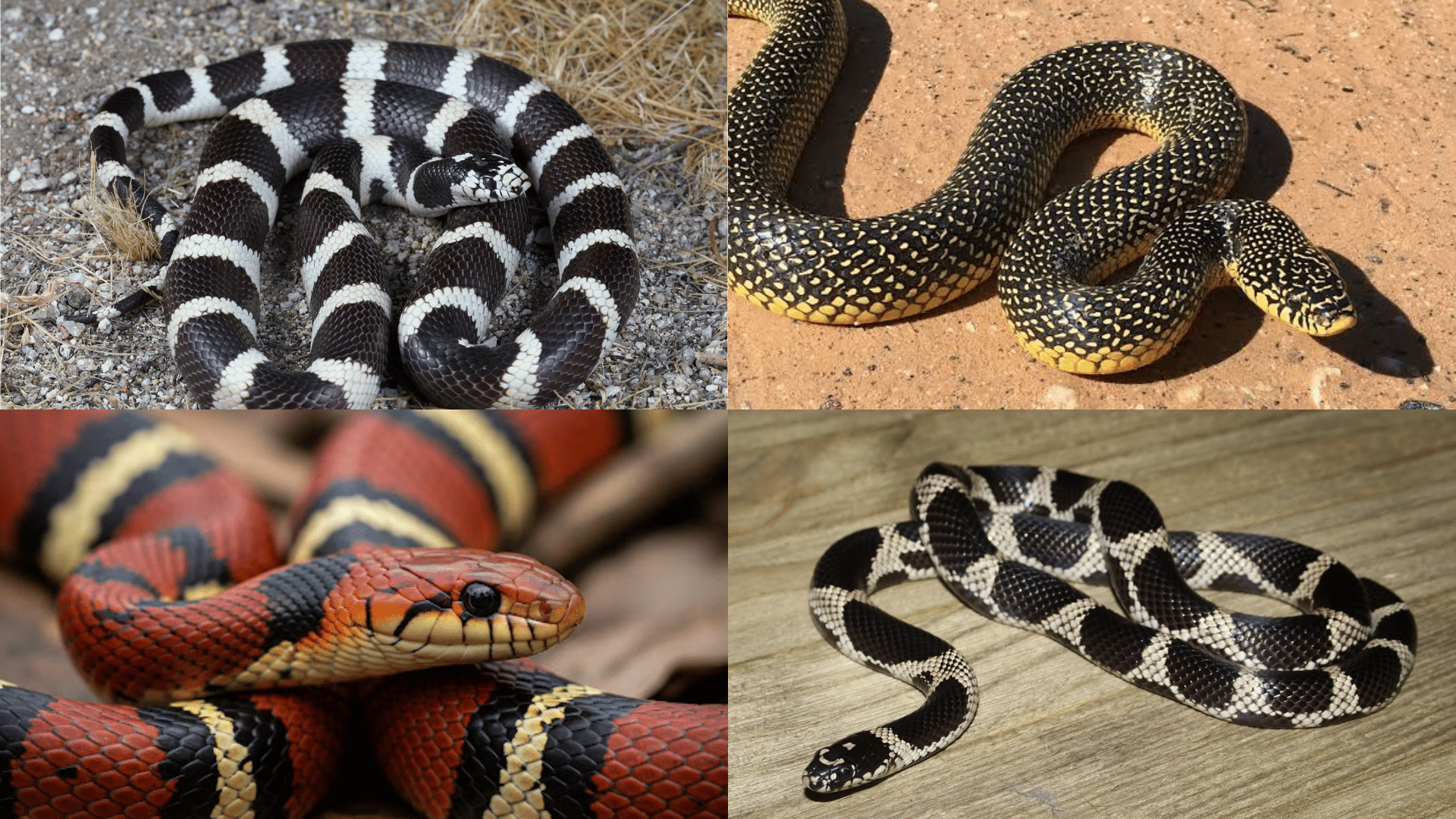
1. California King Snake
- About: Has Black or Brown scales with a blend of white bands.
- Size: 2.5-3.5 feet.
- Regions Found In: Found in the Californian cliff regions, grasslands and wetlands.
- Price Range: $100-150
2. Speckled King Snake
- About: It has yellow speckles covering its black colored body.
- Size: 36-48 inches
- Regions Found In: Middle and Southern USA and Mexico.
- Price Range: Up to $200
3. Scarlet King Snake
- About: Its body is covered with bands of black, white, red and yellow.
- Size: 16–20 inches, with rare individuals up to 30 inches
- Regions Found In: Eastern and Southern USA.
- Price Range: $225-250
4. Eastern King Snake
- About: Yellow or white bands on its black shiny body.
- Size: 36-48 inches.
- Regions Found In: The eastern coast of the USA, ranging from Pennsylvania to Florida.
- Price Range: $80-100
5. Black King Snake
- About: Yellow or white spots over its black skinned body.
- Size: 3-4 feet (90-122 cm)
- Regions Found In: Southern parts of the United States, including Kentucky, Tennessee, Alabama, and Louisiana.
- Price Range: $100-350
Types of Corn Snakes
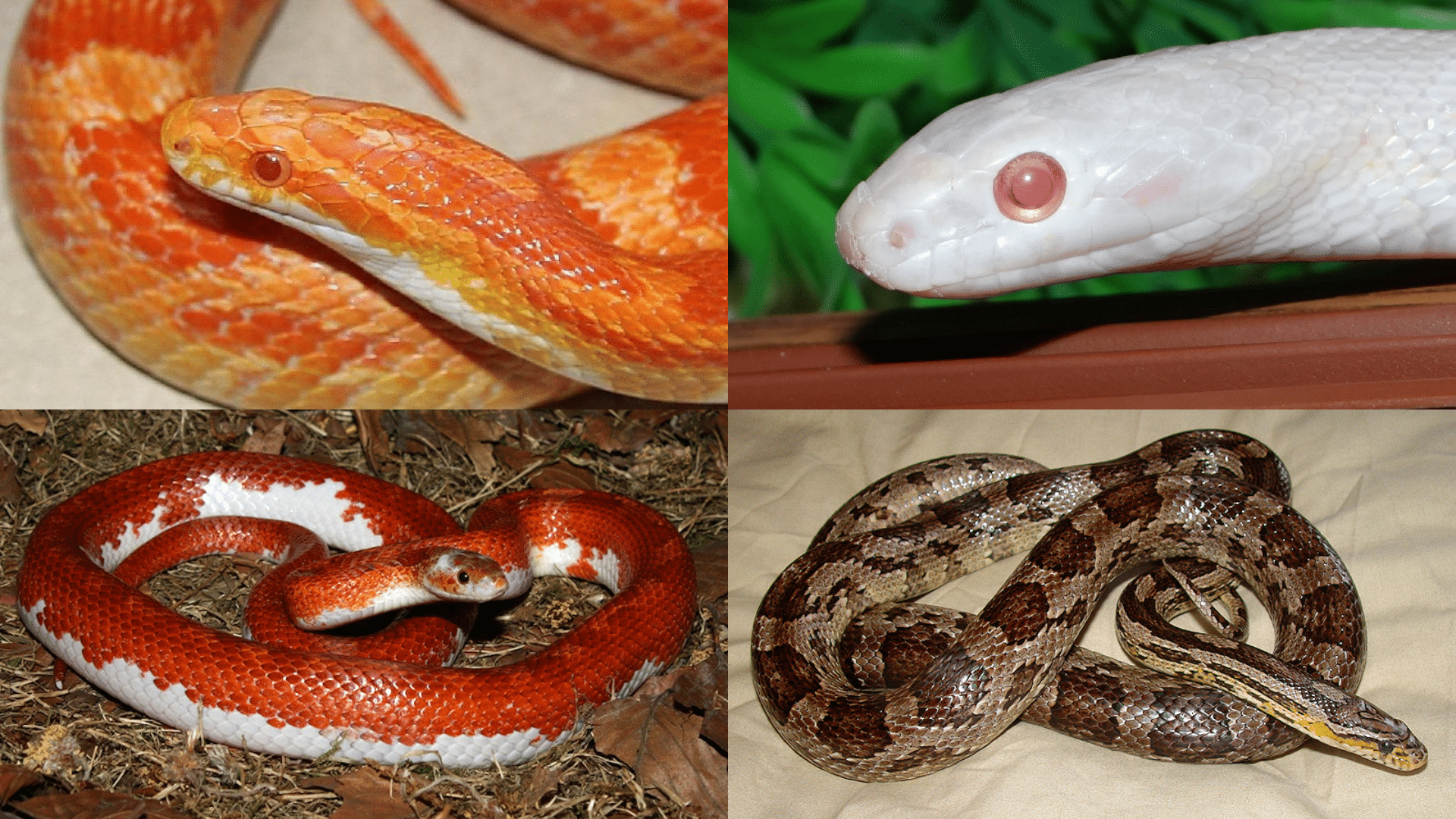
1. Anerythristic A Corn Snake Morph
- About: Dark grey patches outlined in black on a pale grey body.
- Size: 3-5 feet (1-1.5 meters)
- Regions Found In: Southeastern and Central USA; New Jersey, Florida.
- Price Range: At about $70.
2. Anerythristic B Corn Snake Morph
- About: It’s almost like an Anerythristic Corn Snake Morph.
- Size: 24-72 inches (61-183 cm)
- Regions Found In: Southeastern and Central USA; New Jersey, Florida.
- Price Range: $80-150.
3. Blizzard Corn Snake
- About: Pale scales and white blotches on its white colored body.
- Size: 3-5 feet (11-14 inches)
- Regions Found In: Southern USA; Florida, Louisiana, Kentucky.
- Price Range: Prices starting from $150.
4. Blood Red Pied-Sided
- About: This snake type has some faint patterning on its red colored body.
- Size: 2-5.97 feet (61-182 cm)
- Regions Found In: Southern USA: New Jersey, Florida, Louisiana.
- Price Range: On average, $250.
5. Fluorescent Orange
- About: Dark red patches outlined in white on its orange colored body.
- Size: 30-48 inches.
- Regions Found In: In the eastern USA: Southern New Jersey, Florida, Louisiana and Kentucky.
- Price Range: $140+
Additional Facts about King Snake VS Corn Snake

Readers can now differentiate between king and corn snake on the basis of their price range, behaviour pattern, size and so on.
But, to be absolutely sure and crystal clear, readers must know about the distinctive facts of these reptile species before making the ultimate decision of owning them as pets.
- Additional Differentiation Detail: A person can immediately differentiate between the two snakes by just observing their belly size. A King snake typically has a rounded belly, whereas a corn snake has a flat belly.
- Consumption of Venomous Snakes: King snakes are not venomous snakes, yet they can consume venomous snakes, since they have evolved mechanisms to resist the venom.
- Head Shape: King Snakes have a rounded head, while corn snakes have a pointed head.
- Scale Pattern: King Snakes have keeled scales on their bodies, while the corn snake has smooth scales.
- Species Types: Under ‘Genus Lampropeltis’, there are 26 King Snake species, whereas under ‘Genus Pantherophis’, there are 3 species of Corn Snakes.
Additional Pet-Friendly Reptile Species
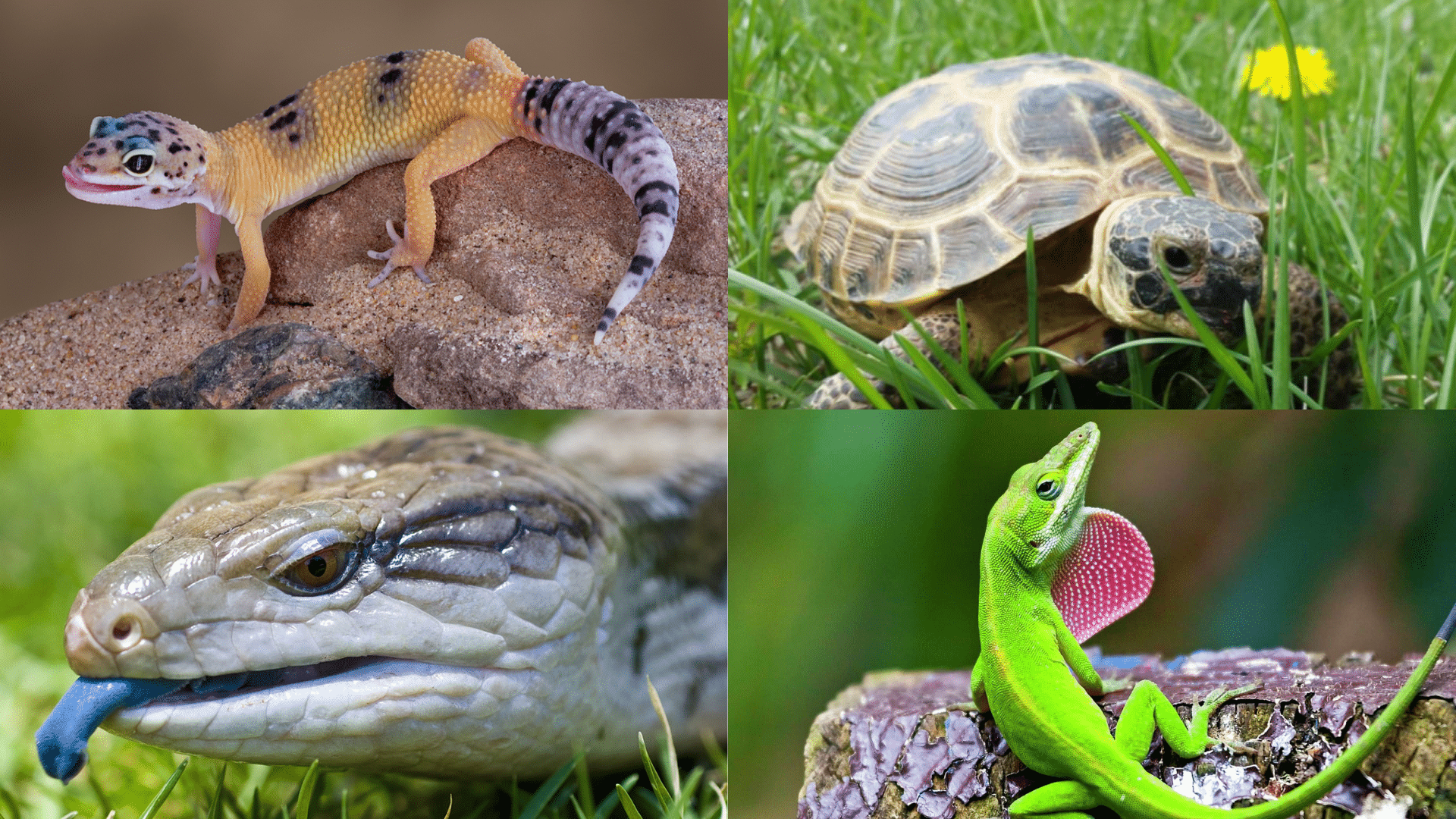
In addition to King Snake and Corn Snake, there are many different types of reptiles that are popularly bought for being household pets. They are often selected after considering their docile nature, species, size, their care requirements etc.
The most common pet friendly reptiles are:
- Leopard Geckos
- Crested Geckos
- Ball Pythons
- Russian Tortoises
- Blue-Tounged Skinks
- Spiny-Tailed Lizards
The Bottom Line
Readers can now make a precise and calculated adopting decision between king snake vs corn snake, based upon their characteristics, care and maintenance requirements, size and the life span.
One of the two species has a domicile while the other has an active nature which is one of the biggest key factors to make the decision.
Ultimately, both species are non-venomous, which makes them an ideal pet-friendly species amongst other reptiles that are commonly adopted as pets by people across the world.


